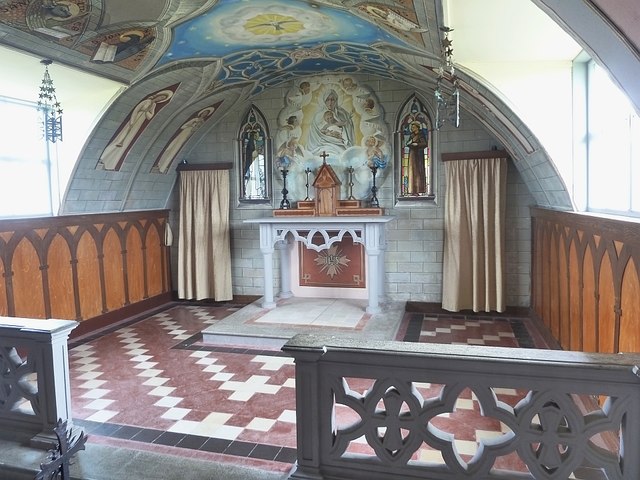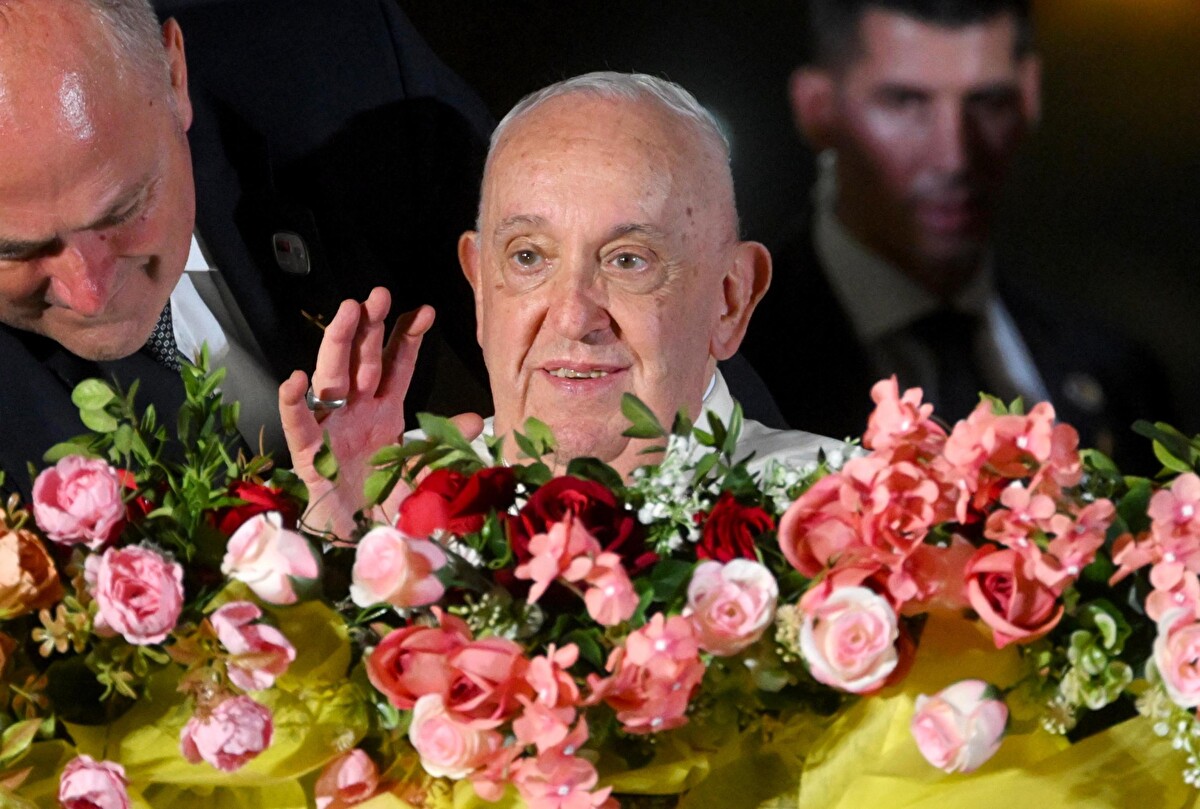The Orkney Islands is an archipelago located in the North Sea to the northeast of Scotland. In these days of tourists always in search of places off the beaten path, the remote islands have become a popular destination—even for weddings. The weather here has been described as “one of the windiest places in the United Kingdom, with gale force winds recorded in low-lying areas at least 30 days per year,” a mixture of “mild and wild,” and daylight is severely limited by its extreme northern location. In December you can expect a total of about six hours of daylight.
We don’t expect to find an association with Italians in such a remote location, yet thousands come each year to Lamb Holm–an uninhabited outcropping in one of the most remote locations on Earth– to visit what has been called “the miracle of Camp 60”, an ornate chapel built by Italian prisoners of war, out of two Quonset huts transformed into a visual feast of artistry. Captured in North Africa, the men were shipped to Orkney, and put to work in the British war effort against Germany.
Knowing the Italian ingenuity and gift for artistry, it’s not surprising that a handful of these prisoners found a way to leave such an important historical and esthetic legacy.

Here’s a little history to explain how this happened: It seems that during WWI, the Royal Navy had placed strong defenses throughout Scapa Flow in order to protect the base located there from attacks—principally by the Germans. This included the deliberate sinking of block ships, meant to create a barrier to any attack from that direction.
However, in 1939 a German submarine managed to evade this barrier and torpedoed a British battleship anchored in Scapa Flow, leading to the loss of the ship and 833 crew members. This caused Winston Churchill to order the construction of concrete causeways to block access between the island and the Mainland Orkney.
Coincidentally, the British had captured many Italian prisoners in North Africa, and they now sent 550 of them to work on this arduous project. Two hundred of these prisoners were sent to what came to be known as Camp 60 on Lamb Holm. In 1943, Camp 60’s new commandant, and Father Gioacchino Giacobazzi, the camp’s Catholic priest, agreed that a place of worship was required.

POW camps are not usually associated with kindness, cooperation and creativity, yet this is precisely what happened when these misplaced Italians put their collective will and ingenuity together to build a highly ornate chapel out of two Quonset huts placed end-to-end, a little concrete and any spare materials they could scrounge in that godforsaken environment. The tabernacle was made out of tin; the corrugated interior was then covered with plasterboard, and the altar and altar rail were constructed from concrete left over from work on the barriers.
Granted the ingeniousness of this makeshift design, yet it is the interior decoration that is most striking. Most of it was done by Domenico Chiocchetti, a prisoner from Moena, a village in the Trentino. He painted the sanctuary end of the chapel and fellow-prisoners decorated the rest of the interior. The façade, meant to disguise the Quonset huts, was out of concrete, making the building look like a church. The light holders were made out of corned beef tins. The baptismal font was made from the inside of a car exhaust covered in a layer of concrete.
Near the parking lot is a statue of St. George slaying a dragon, also created by Chiocchetti, who thought it would lift the spirits of his fellow captives when they heard that the Italian war effort was failing. Chiocchetti completed it on August 7, 1943 and it was set up in the camp on a plinth with the inscription “P di G, Italiani, Li 7-8-1943” which stands for prigionieri di guerra: Italian for Prisoners of War.

When the war ended the prisoners returned home but Chiocchetti remained behind– having acquired an enduring passion for his project–and finished the decoration of what came to be known as the Italian Chapel.
Today it’s a popular tourist attraction, receiving 100,000 visitors a year. It’s the Roman Catholic Parish of Our Lady & St Joseph in Orkney, part of the Roman Catholic Diocese of Aberdeen, and mass is held there on the first Sunday of the summer months (April–September). It’s also a protected “Category A” listed building. In 1958, the Chapel Preservation Committee was set up by a group of Orcadians and the Chapel is lovingly restored and preserved from time to time to ensure that it remains in its pristine condition.
As for Chiocchetti, he returned on numerous occasions to visit: in 1960, to assist in the restoration; in 1964, with his wife; but in 1992 he was too ill to travel when some of the other prisoners returned to commemorate the 50th anniversary of their arrival on the island. He died in 1999.
The latest restoration took place in 2015 by professional art restorer Antonella Papa, with the assistance of local volunteers. In 1996, a declaration was jointly signed by officials in Orkney and Moena, Chiocchetti’s hometown, reinforcing the ties between the two places. The Italian Chapel has become not only one of the best-known symbols of post WWII reconciliation in the British Isles, but a symbol of the ingenuity and artistic creativity that has been viewed for centuries as so characteristic of the Italian people.
You can read more about it in two books written by Philip Paris. A novel by Kirsten Mckenzie, The Chapel at the Edge of the World, offers a fictionalized account of its construction.












